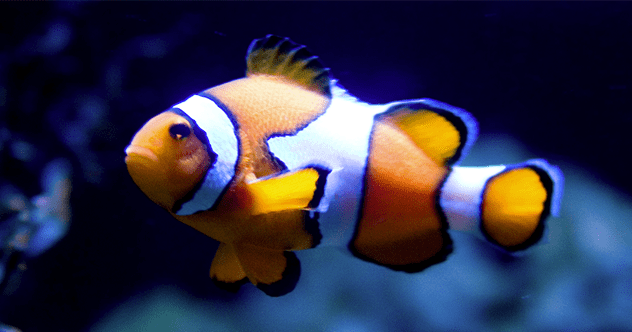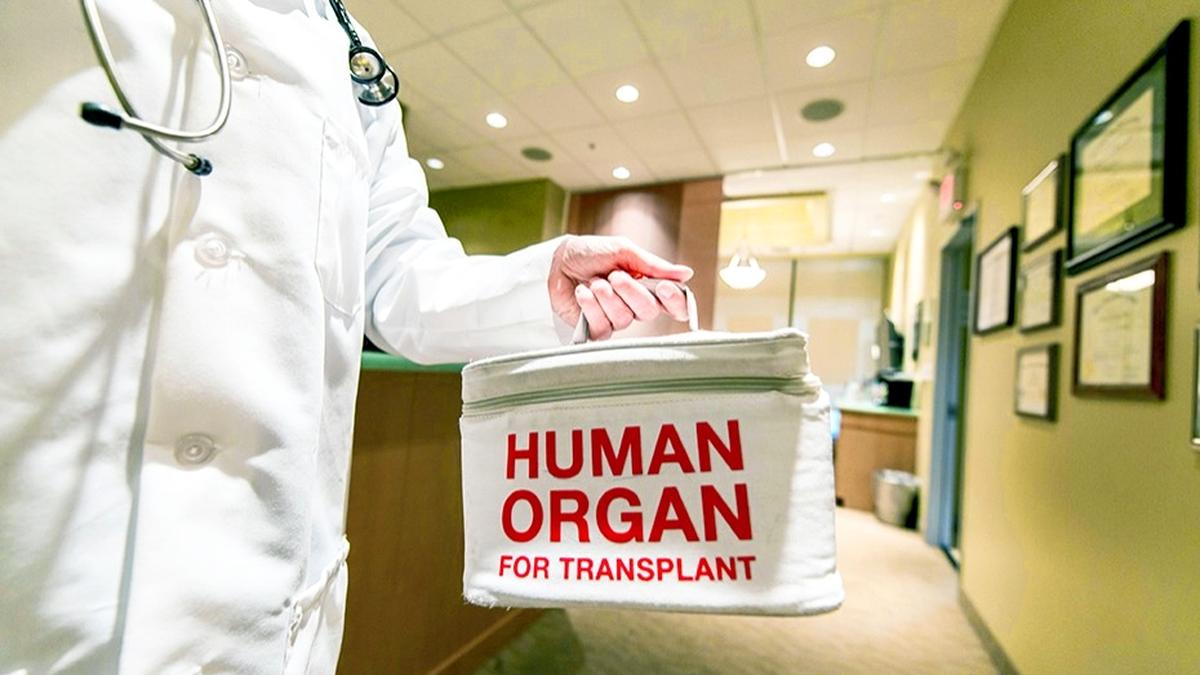Now Reading: 10 Fascinating Animals That Can Change Their Sex
-
01
10 Fascinating Animals That Can Change Their Sex
10 Fascinating Animals That Can Change Their Sex

Quick Summary
- Topic: Some animal species can change their biological sex as an adaptive reproductive strategy.
- Examples:
– Clownfish: Protandrous hermaphrodites; start life as males, the largest male changes to female upon the dominant female’s death.- Wrasse Fish: Protogynous hermaphrodites; females change into males when the alpha male is absent, undergoing a rapid transformation of organs and behaviors.
– Hawkfish: Can switch sexes multiple times based on social dynamics or hierarchy requirements.- Black Sea Bass: Females transform into males due to environmental cues related to male scarcity, completing this process over time.
– Bearded Dragons: High incubation temperatures can override genetic sex determination, making genetically male embryos develop and function as fertile females.- Humpy Shrimp: Sequentially changes from male to female based on size for efficient reproduction.
– Green Frogs: Naturally switches sexes in response to environmental factors like temperature and population dynamics, even in pristine conditions.
– Pacific Oysters: Display diverse strategies including single-sex reversal or functioning simultaneously as hermaphrodites depending on food availability and crowding.
– Swamp Eels: Start life as females with the option of later transitioning into males during different growth phases influenced by environment/social needs.- Starfish (e.g.,Starlet Cushion Star): Change from male to female at specific growth stages steadfast by size.
indian Opinion Analysis
The phenomenon of animals altering their biological sex underscores nature’s resilience and ability to adapt under dynamic environmental pressures. These adaptations-frequently enough triggered by social structure imbalances, temperature shifts, or resource availability-highlight evolutionary strategies for reproductive success in non-human species. While humans do not exhibit such natural phenomena biologically beyond our inherent chromosomal programming, there remains real value in understanding these mechanisms within ecosystems for scientific introspection – especially aiding marine ecological stability/conservation projections vital maritime science-definitions.settings…

























